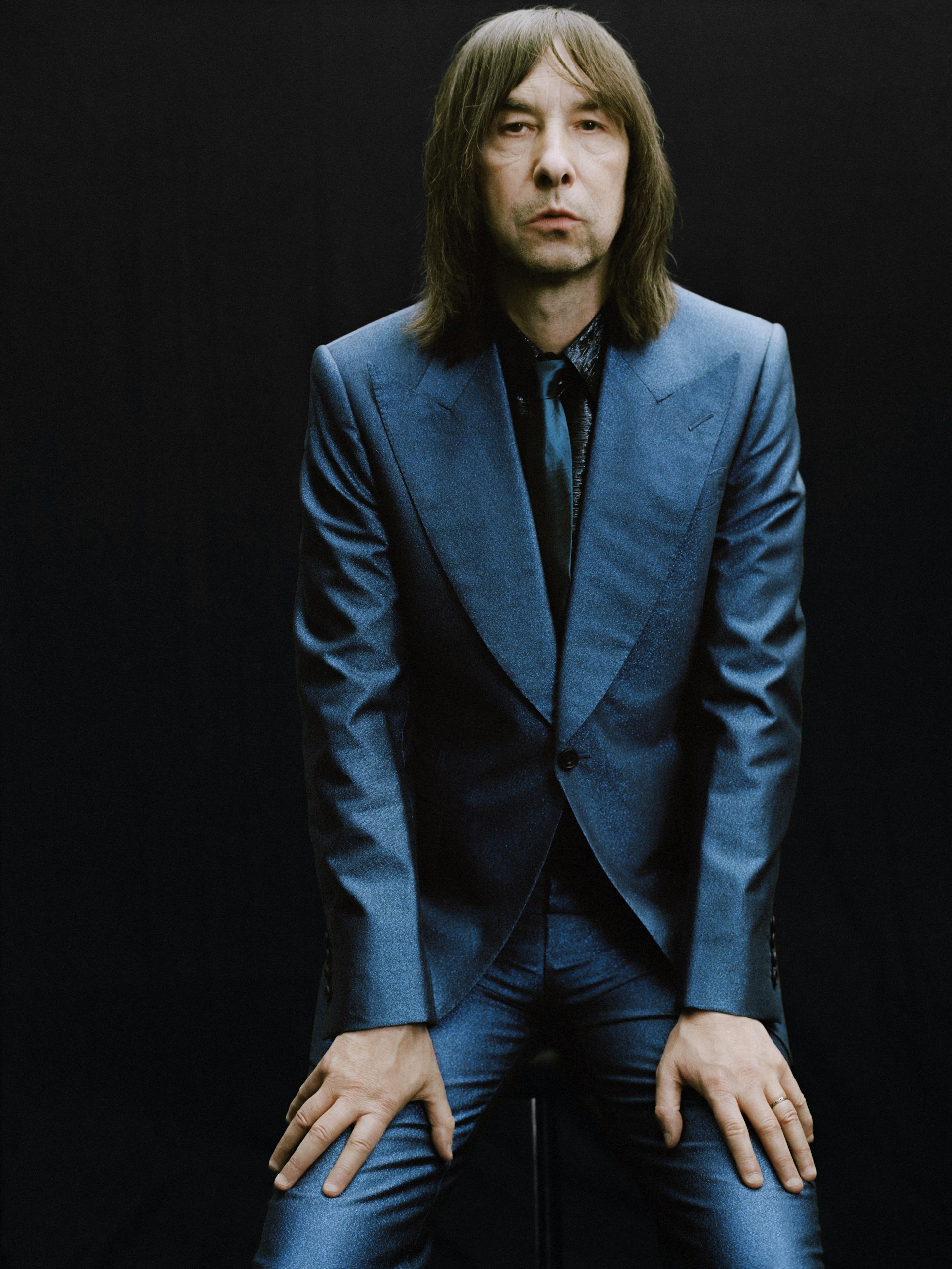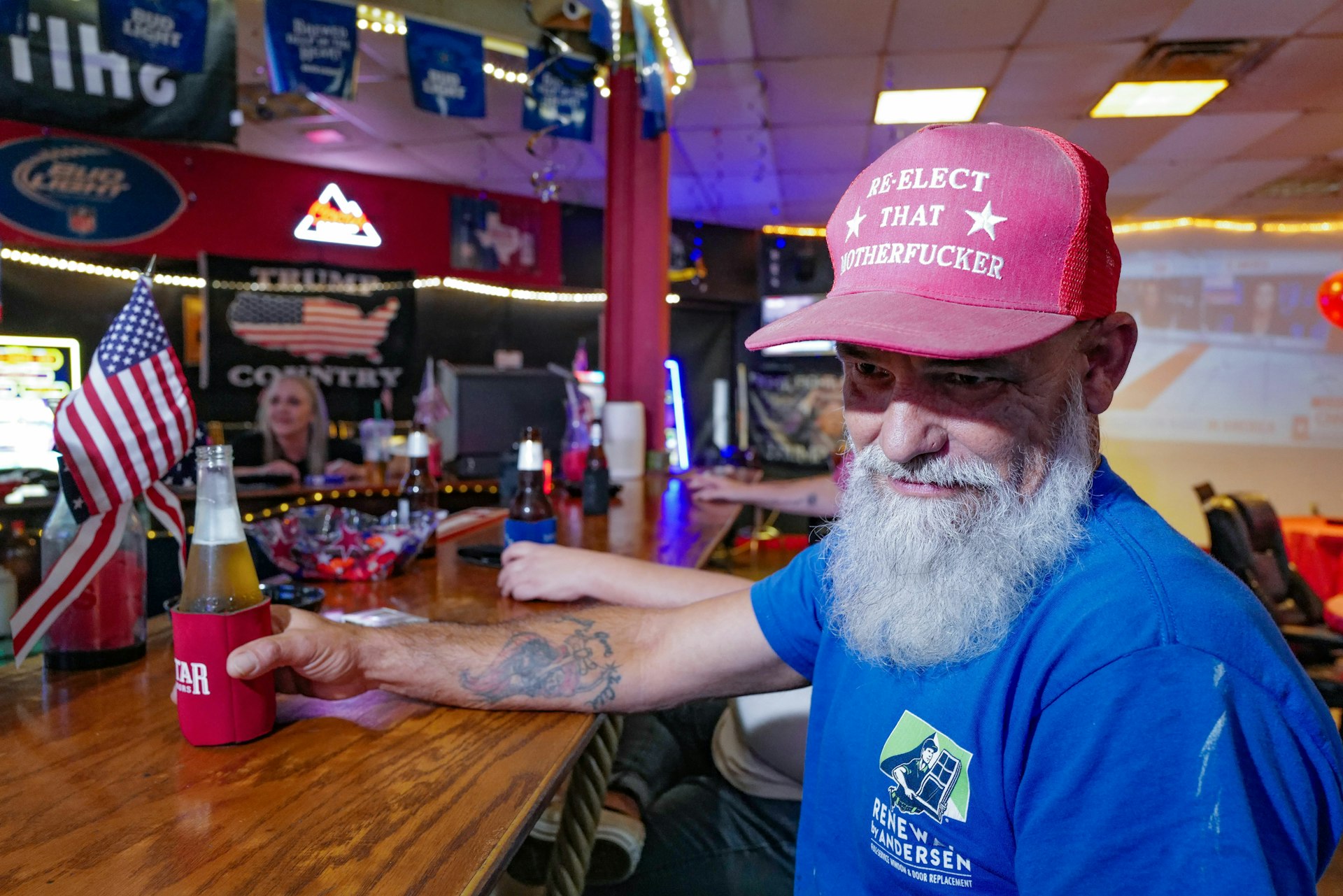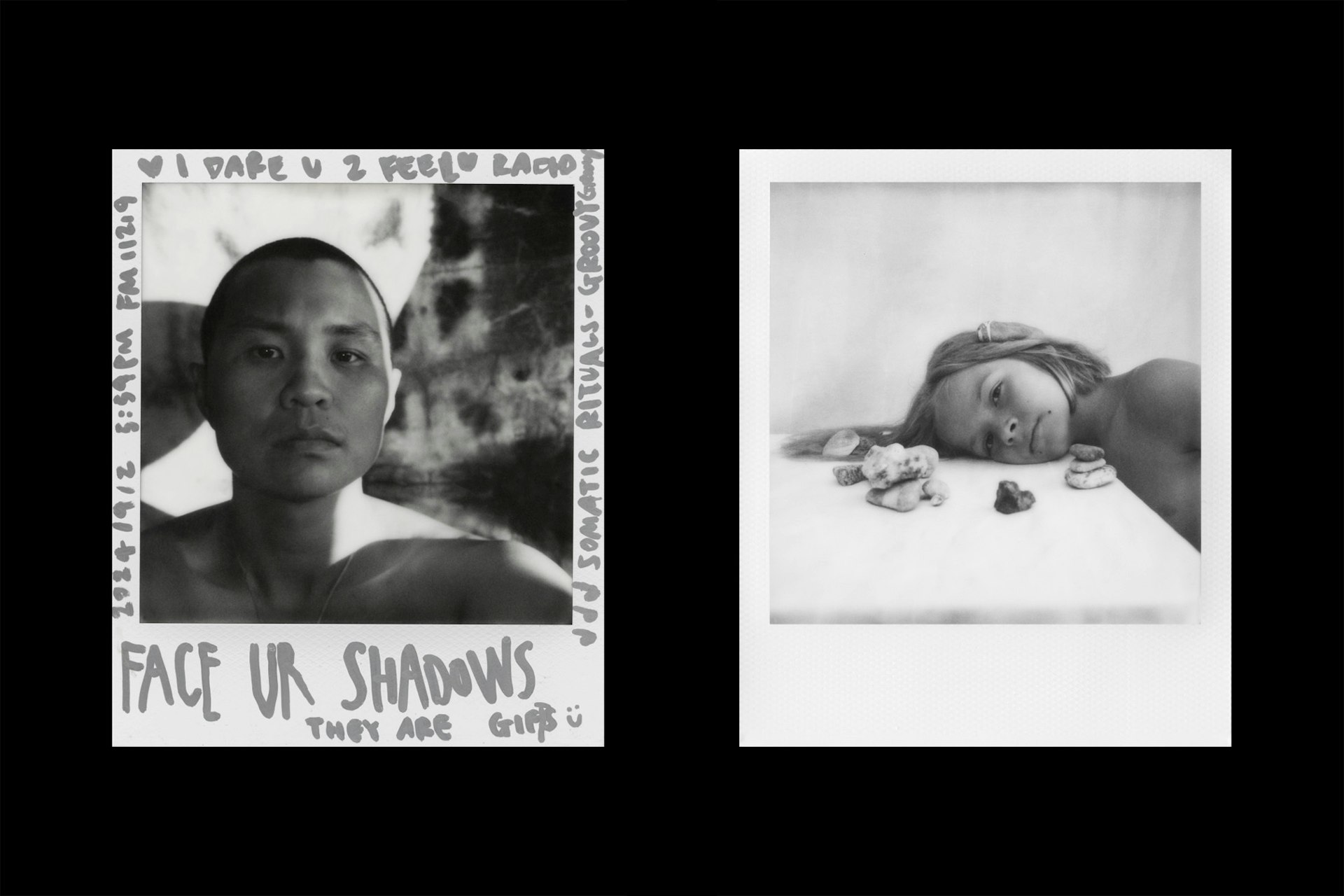Photos capturing the invisible scars of Liberia’s civil war
- Text by Huck
- Photography by Elliot Verdier

Between 1989 and 2003, a bloody civil war decimated Liberia, leading to the death of around 250,000 people. Women were raped and mutilated; tens of thousands of people were displaced and fled the country; warlords recruited child soldiers to fight the conflict. Almost 18 years since it ended, the horrors of the war remain etched in the memories of those living in the West African state.
Photographer Elliot Verdier says that first learning about the war, he was struck by the themes of “memory, resilience, and generational transmission”. “When I discovered this complex history,” he recalls, “I just kept digging and digging.”


When Verdier first travelled to Liberia in 2018, he resolved not to take any pictures on his initial visit. It was a way of “getting rid” of the images that had formed his impression of the country and allowing him to create his own vision of Liberia.
Returning on multiple trips over the following two years, Verdier began to document the country with his camera: everything from the fishing harbours of Harper, to the diamond mines of Gbarpolu and the slums of Westpoint. These photos are now collected in a new book, titled Reaching for Dawn (Dunes Editions).
While he noticed no physical scars of war, what really struck Verdier was the psychological toll of the conflict. “The trauma in Liberia is still very present, but it’s also very silent – nobody speaks about it,” says Verdier. “It is invisible but weighs very heavily. The challenge was to show that.”


Verdier was surprised about how open people were, in general, when it came to talking about their trauma. “I spoke to one of the managers of the Red Cross over there, who is Liberian. After maybe one minute of speaking, she just started to cry and explain to me her story,” Verdier recalls. “I guess it’s always easier to speak about tough things with a stranger.”
Along with capturing the hidden scars of war, Verdier wanted his images to show a “softness and intimacy” to Liberia. “People still see it as a very violent country,” he explains. “And that is a part of it still… but there is a true resilience over there. And people live together even though terrible stuff has happened.”
He gives the example of one woman he spoke with, whose adopted child was the biological daughter of the men who’d killed her sister. “After the war, when the men came to apologise, he had this child with him, but he couldn’t take care of her,” explains Verdier. “So the woman took her and raised as her own.”

Verdier hopes that his photos draw attention to both this strength, and the plight, of the Liberian people. “Its something which is largely ignored internationally,” he notes, adding that during his research, he didn’t find any photo documentary projects about Liberia. “Nobody speaks about Liberia. Nobody knows what happened.”
Until people begin to understand and talk about this turbulent history – both within Liberia and internationally – there can be no progress, Verdier says. “We need a social recognition of the trauma in order to overcome it.”







Reaching for Dawn is available now on Dunes Editions.
Enjoyed this article? Like Huck on Facebook or follow us on Twitter.
Latest on Huck

An epic portrait of 20th Century America
‘Al Satterwhite: A Retrospective’ brings together scenes from this storied chapter of American life, when long form reportage was the hallmark of legacy media.
Written by: Miss Rosen

Bobby Gillespie: “This country is poisoned by class”
Primal Scream’s legendary lead singer writes about the band’s latest album ‘Come Ahead’ and the themes of class, conflict and compassion that run throughout it.
Written by: Bobby Gillespie

Vibrant photos of New York’s Downtown performance scene
‘Balloons and Feathers’ is an eclectic collection of images documenting the scene for over two decades.
Written by: Miss Rosen

Picking through the rubble: Glimpses of hope in the US election results
Clambering through the wreckage of the Harris campaign, delving deeper into the election results and building on the networks that already exist, all hope is not gone writes Ben Smoke.
Written by: Ben Smoke

US Election night 2024 in Texas
Photographer Tom “TBow” Bowden travelled to Republican and Democratic watch parties around Houston, capturing their contrasting energies as results began to flow in.
Written by: Isaac Muk

In photos: “Real life is not black and white” – Polaroid x Magnum Open Call winners
See pictures from the competition organised by two titans of contemporary photography, which called upon artists to reject the digitalisation and over-perfectionism of our modern world, technology and image-making.
Written by: Huck